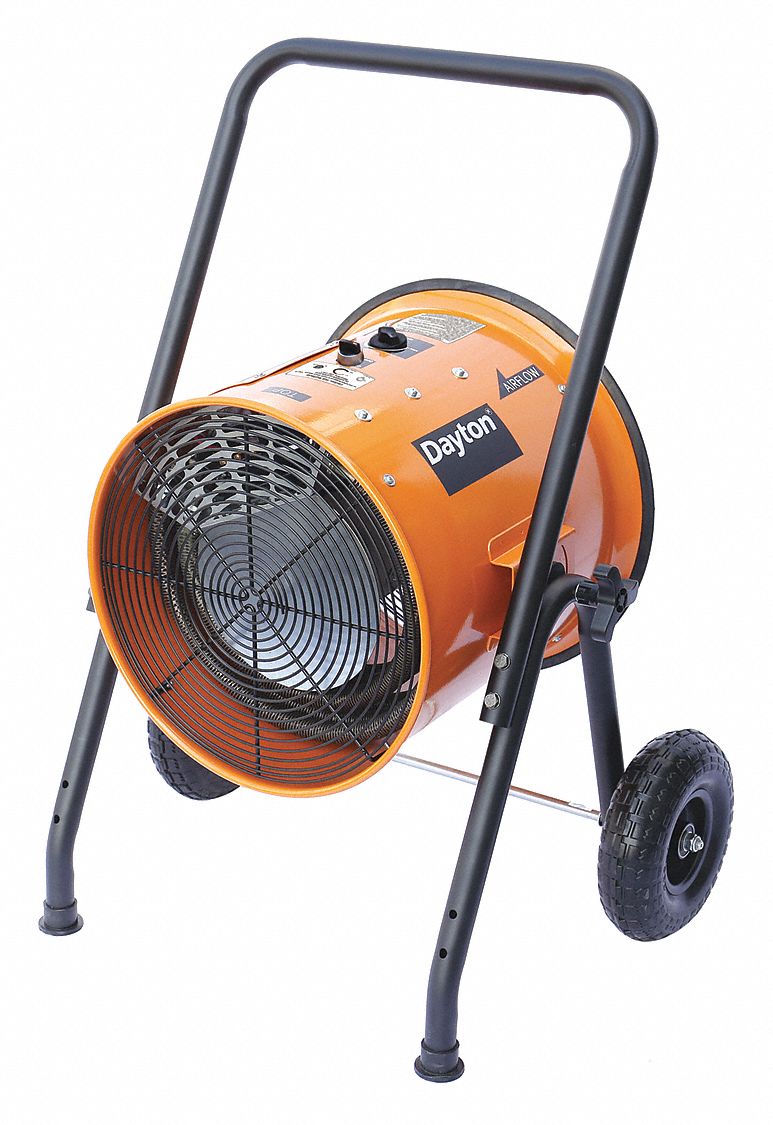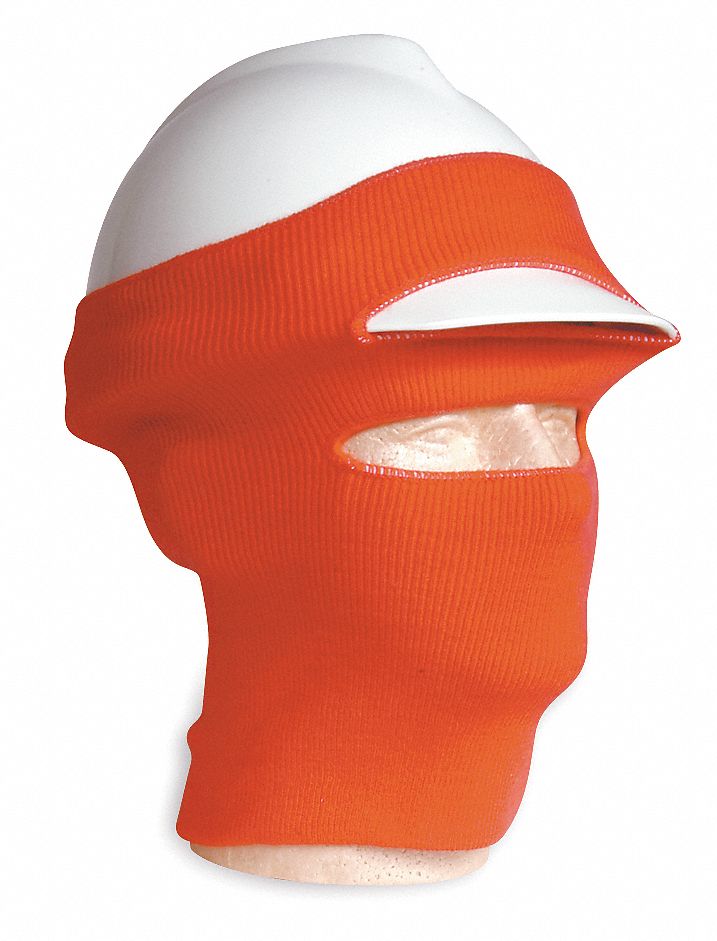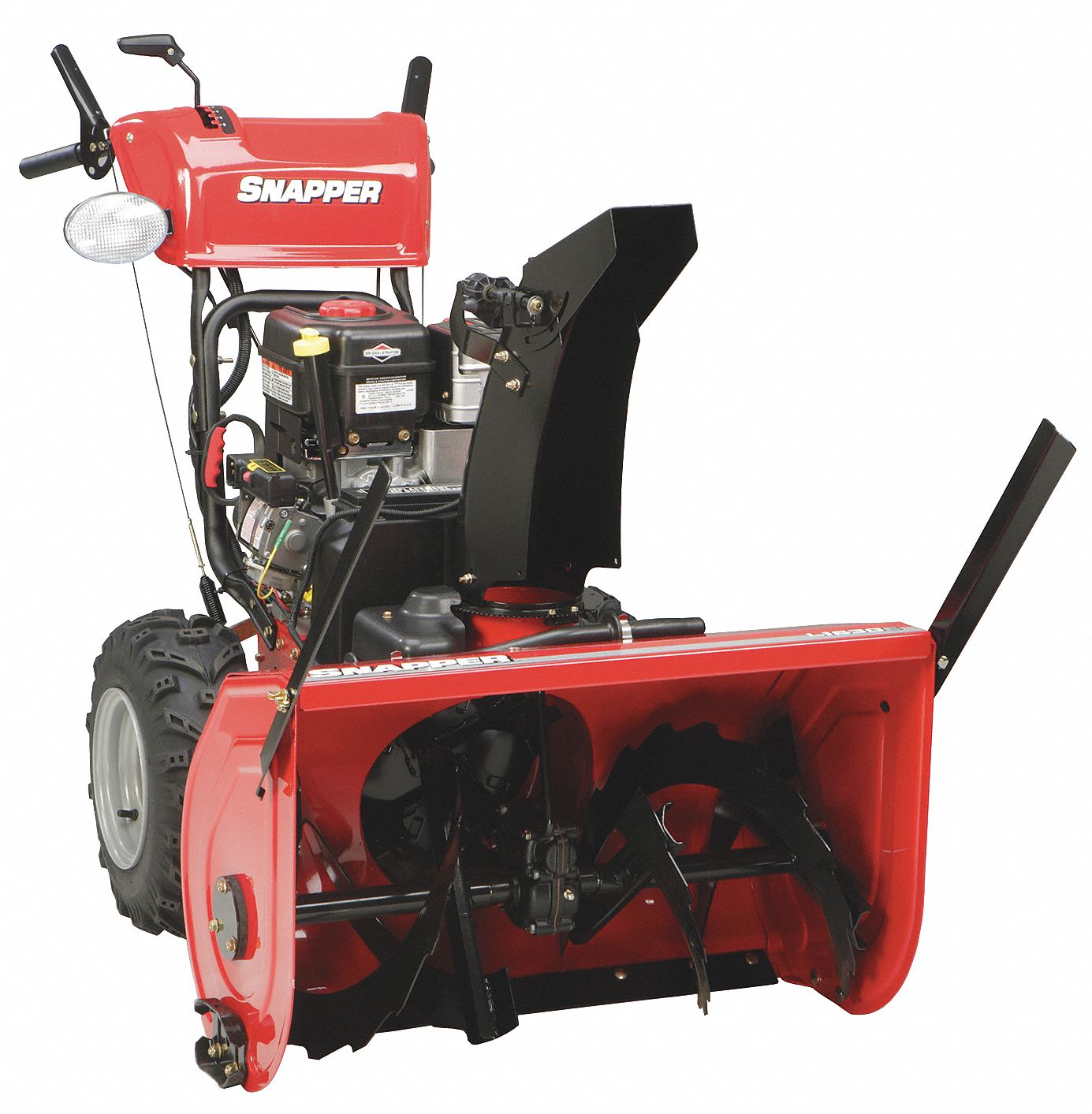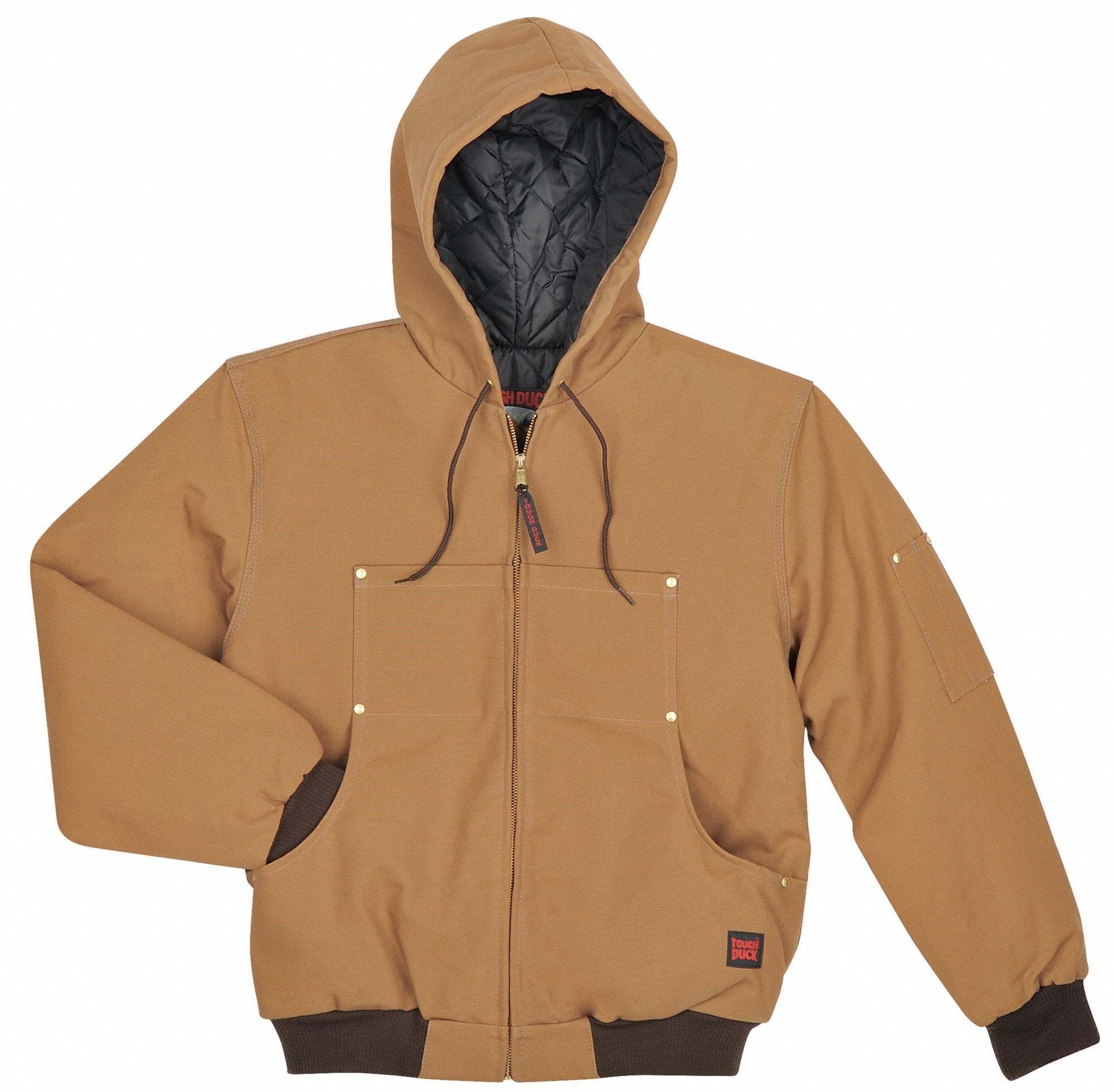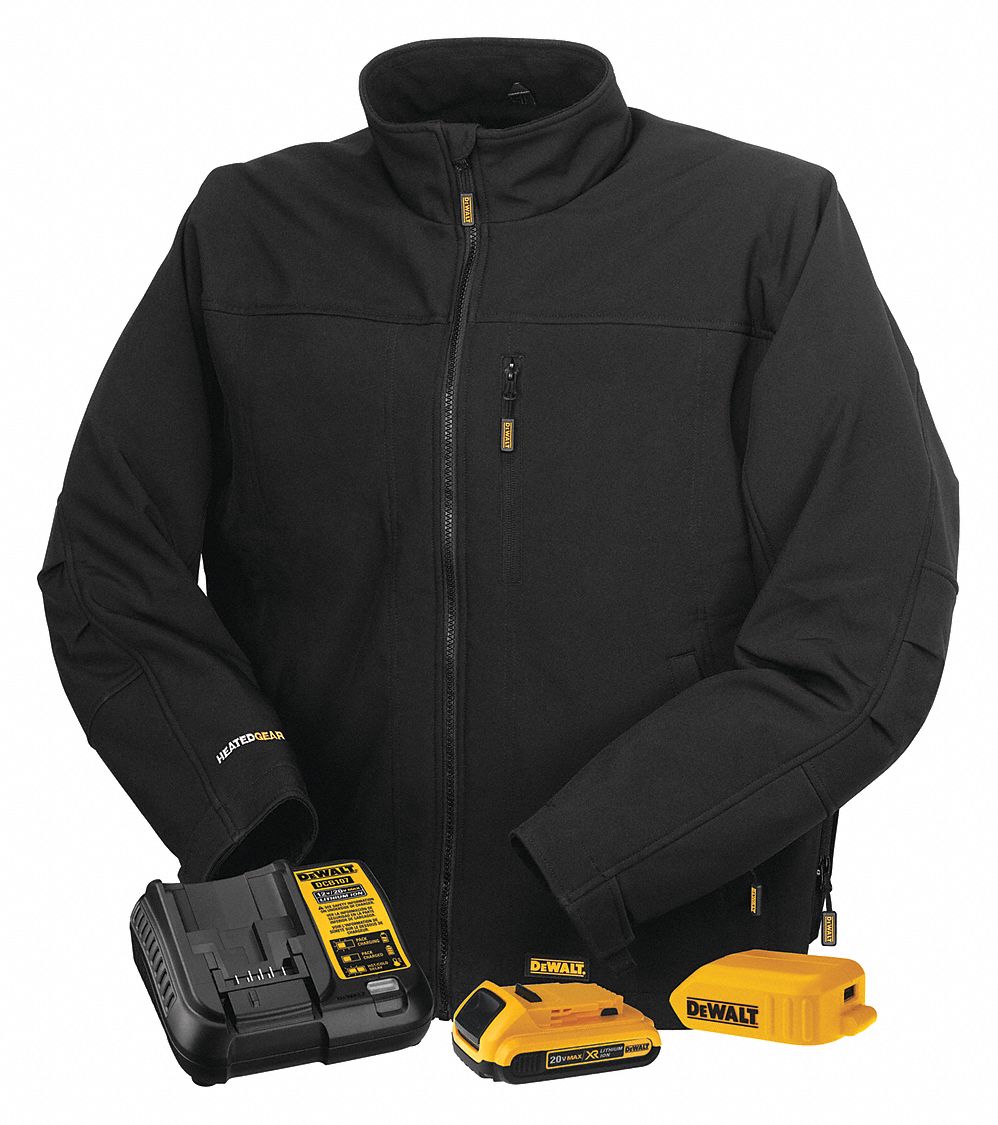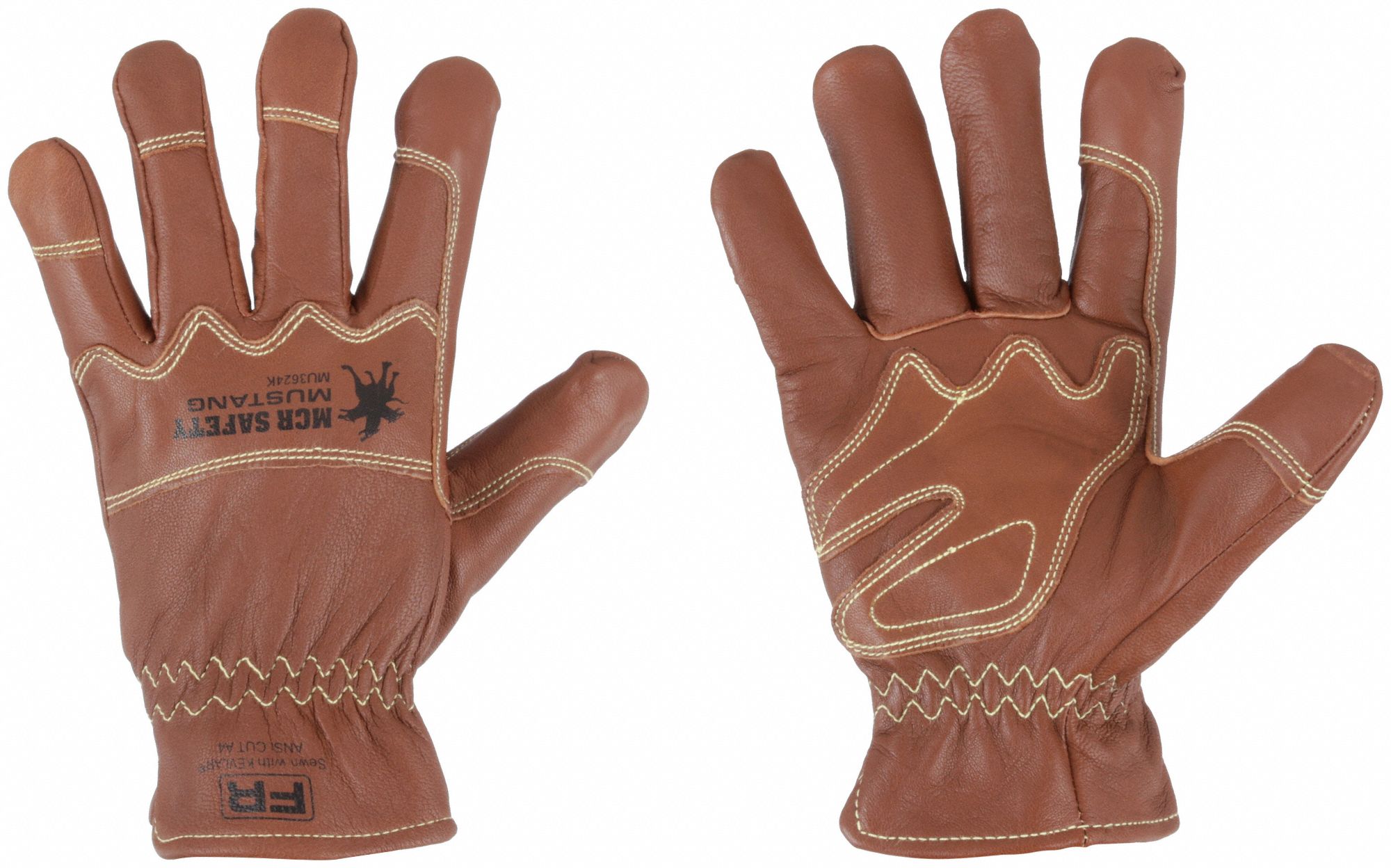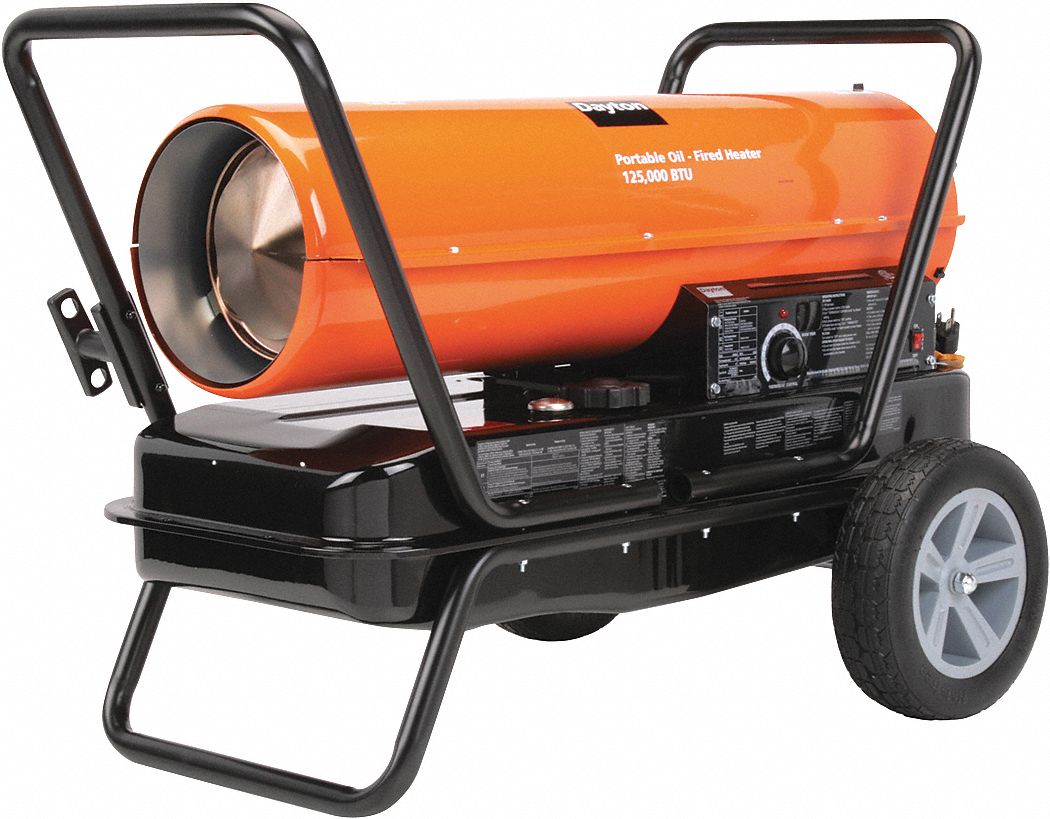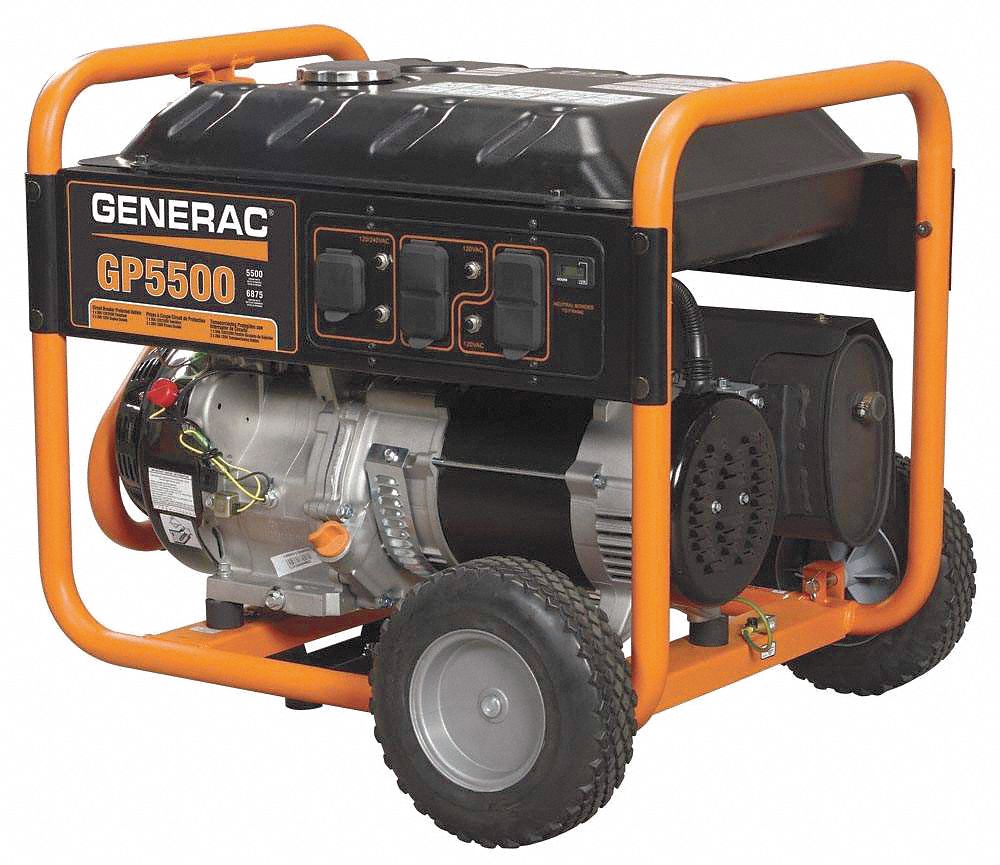

The Many Ways to Move Snow
By Grainger Editorial Staff 10/10/22
Winter precipitation can be difficult to predict, often arriving with varying degrees of intensity. If your business is prone to being affected by severe winter weather, your facility maintenance team can benefit by having access to a variety of snow shovels, pushers and blowers, as well as ice scrapers, choppers and roof rakes. Each tool is designed for a specific job; together they can help you address all types of precipitation. Here’s a look at the different degrees of winter weather precipitation and the best tools for each.
Light Snow
Light snow, often called snow flurries, occurs when snow falls for short periods resulting in minimal accumulation. It’s still important to remove light layers of blowing snow from walkways, steps, parking lots or anywhere foot traffic is expected.
Tools for Light Snow
Shallow, lightweight aluminum shovel: They aren't intended to hold a lot of snow and their primary purpose is for clearing.
Cordless leaf blower: Use leaf blowers for clearing light, fluffy snow that isn’t sticking to surfaces.
Push broom: Brooms and brushes both large and small work just as well for moving light snow as they are for collecting dirt.
Snow pusher: These are designed to work like snow plows and allow the user to stand upright while using.
Sleet
If temperatures hover around freezing or slightly warmer, freezing rain and sleet will fall. If freezing rain passes through a thin layer of freezing air and doesn’t have adequate time to freeze, it will freeze on contact with cold surfaces. These conditions result in slick sheets of ice and dangerous conditions on roadways.
Tools for Sleet
Ice melt: This is a great alternative to rock salt because it won’t damage concrete or wood surfaces.
Ice chopper and ice scraper: These tools work well for removing hard-packed snow and ice from surfaces.
Heavy Snow
Heavy snowfall, according to the National Oceanographic and Atmospheric Administration (NOAA), is predicted when 4 inches of snow or more is expected over a 12-hour period, or 6 inches or more is expected over a 24-hour period. When heavy precipitation is expected, it’s important to try to shovel as often as possible to minimize shovel loads and to avoid excess muscle strain or back injury.
Tools for Heavy Snow
Aluminum shovel with large scoop: Some of these larger-scoop shovels also feature ergonomic handles that encourage proper posture and reduce back strain. While these shovels do hold more snow, it’s important to use the right one for your personal comfort and to avoid loads that are too heavy.
Electric snow blower: These make the quickest work of heavy snowfall, and are now available in smaller, easier-to-manage sizes.
Snow scoop: Scoops come in a wide range of sizes and are great for moving all kinds of loose material.
Roof rake: If your roof is bearing substantial extra weight due to deep or heavy, wet snow, it's important to remove it as soon as possible because ice dams and icicles can form causing roof leakage and damaged gutters.
Blizzards
The term blizzard describes an intense winter storm with high winds. For a blizzard to occur, there must be winds of 35 mph or more with snow or blowing snow. Blizzards don’t always include falling snow, but conditions will reduce visibility to less than one-quarter mile for three hours or more.
Tools for Blizzard Conditions
Tarp: Protect vehicles and other outdoor machinery quickly when heavy, blowing snow is expected.
Snow blower: These are the go-to for the fastest way to remove heavy snow accumulation. Clearing paths can range from 20 to 32 inches.
Snow pusher: Because blizzards don't always include additional accumulation, snow pushers can work great for snow that has blown onto driveways, walkways and areas designated for heavy traffic.
No matter what kind of winter weather is on the way, you can head off the season's worst if you're prepared with a variety of tools for clearing snow and ice. Remember that clearing snow can be a difficult and sometimes dangerous job. Here are some additional tips for shoveling snow safely.
10 Snow Removal Tips
1. Keep snow from sticking to your shovel or the chute in your snow blower by spraying these surfaces with a silicone lubricant or cooking spray (if you don’t have silicone.).
2. When shoveling, keep the shovel close to your body. This will help prevent overreaching with heavy loads and can help minimize back strain.
3. If heavy or blowing snow is expected, cover cars or walkways and other areas with tarps for easy snow removal the next day.
4. Switch out metal-edged shovels with plastic shovels for clearing uneven pavement and wood surfaces like porches and decks. Metal edges catch easily on uneven surfaces and can damage wood and concrete.
5. Keep shovels with a metal edge at least 1/2-inch above surfaces while shoveling.
6. Rock salt can make cracks in concrete worse. Instead, choose nontoxic calcium magnesium acetate compounds to melt snow and ice on asphalt and concrete.
7. Shovel often. Don’t wait for the storm to end to remove snow. Try to stay ahead of the accumulation to prevent unnecessary muscle strain and fatigue.
8. If you can’t shovel during the storm, once the storm is over, remove snow by shoveling in layers. Take the top layer first and work your way down.
9. Flat, low-volume shovels help prevent picking up too much load for each lift.
10.Plan ahead. Make sure snow throwers are functioning properly and have adequate oil and gasoline if needed.
The information contained in this article is intended for general information purposes only and is based on information available as of the initial date of publication. No representation is made that the information or references are complete or remain current. This article is not a substitute for review of current applicable government regulations, industry standards, or other standards specific to your business and/or activities and should not be construed as legal advice or opinion. Readers with specific questions should refer to the applicable standards or consult with an attorney.

